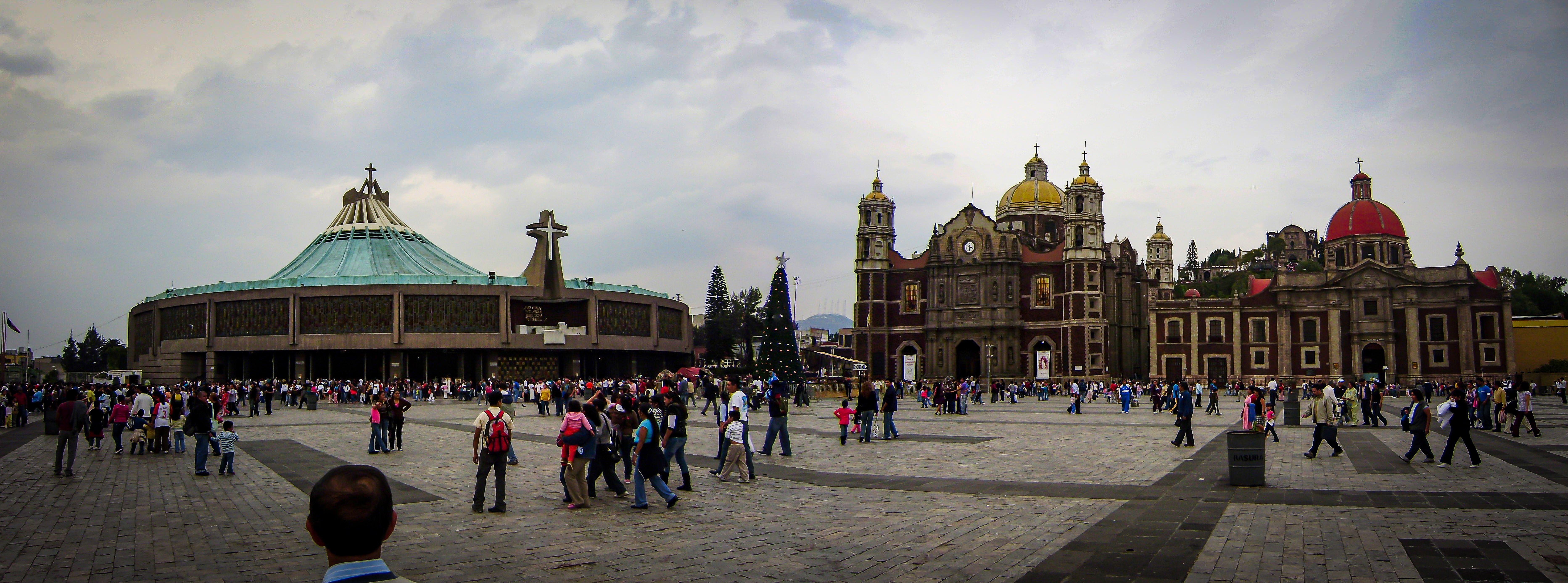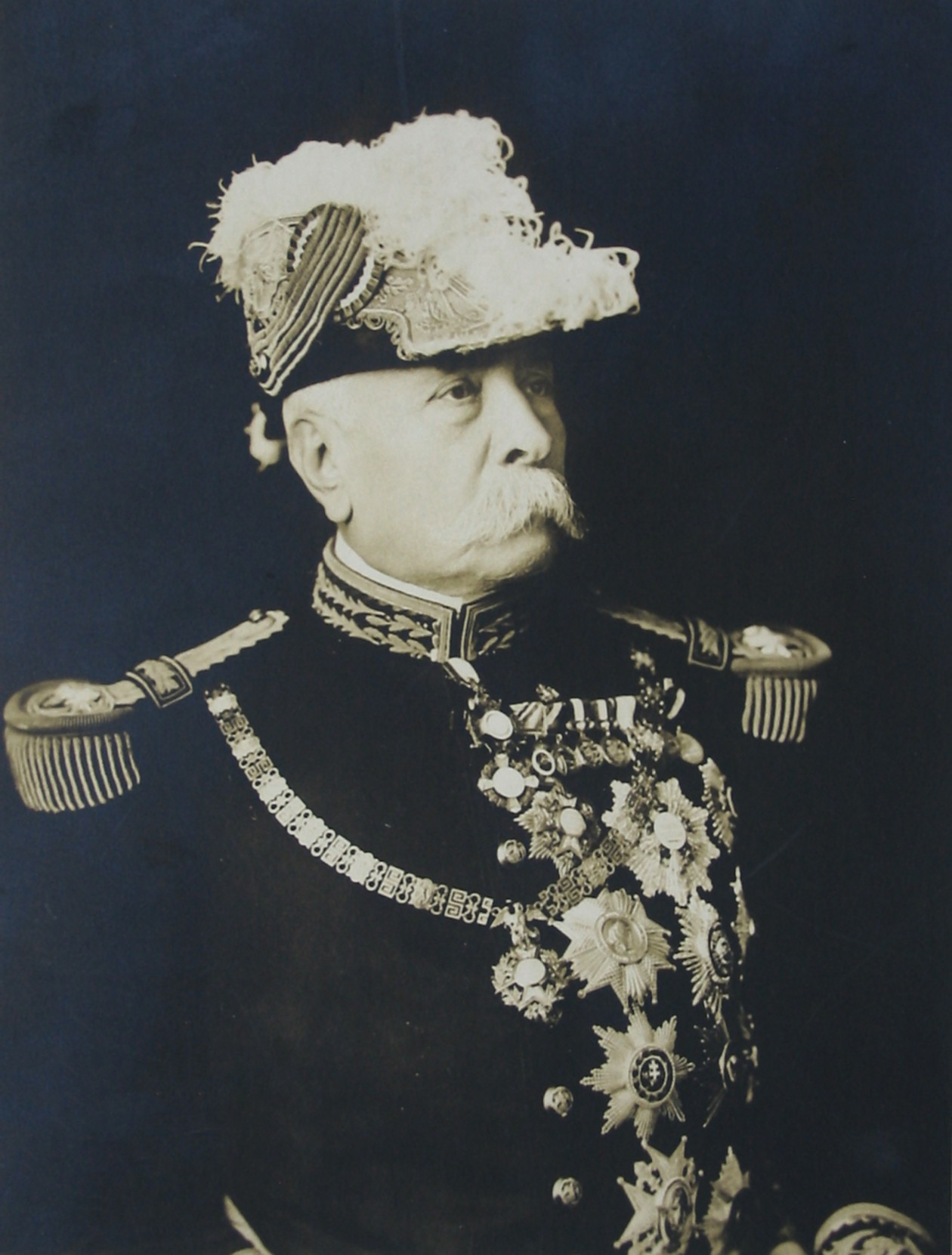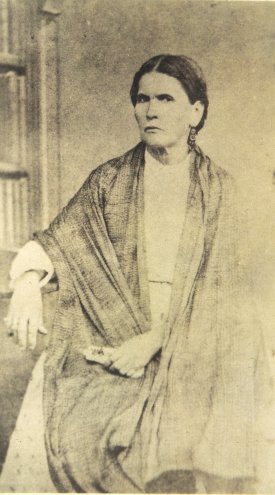|
Cristeros
The Cristero War (), also known as the Cristero Rebellion or , was a widespread struggle in central and western Mexico from 3 August 1926 to 21 June 1929 in response to the implementation of secularist and anticlerical articles of the 1917 Constitution. The rebellion was instigated as a response to an executive decree by Mexican President Plutarco Elías Calles to strictly enforce Article 130 of the Constitution, an implementing act known as the Calles Law. Calles sought to limit the power of the Catholic Church in Mexico, its affiliated organizations and to suppress popular religiosity. The rural uprising in north-central Mexico was tacitly supported by the Church hierarchy, and was aided by urban Catholic supporters. The Mexican Army received support from the United States. American Ambassador Dwight Morrow brokered negotiations between the Calles government and the Church. The government made some concessions, the Church withdrew its support for the Cristero fighters, and th ... [...More Info...] [...Related Items...] OR: [Wikipedia] [Google] [Baidu] |
National League For The Defense Of Religious Liberty
The National League for the Defense of Religious Liberty ( – LNDLR) was a Mexican Catholic religious civil rights organization formed in March 1925 that played a crucial role in the Cristero War of 1926 to 1929. History The Mexico City-based organization was created by former members of the short-lived National Catholic Party (Partido Católico Nacional), the Union of Mexican Catholic Ladies (''Unión de Damas Católicas Mexicanas''); a student organization, the Jesuit-led Catholic Association of Mexican Youth (''Asociación Católica de la Juventud Mexicana'', ACJM); the Knights of Columbus; the National Parents' Association; and the National Catholic Labor Confederation. The League had by June of its founding year about 36,000 members and chapters in almost every state of the country. The organization arose after the anti-clerical provisions of the 1917 Mexican Constitution were enforced by the President Plutarco Calles and after he enacted further provisions in the Cal ... [...More Info...] [...Related Items...] OR: [Wikipedia] [Google] [Baidu] |
José Reyes Vega
José Reyes Vega was a Mexican priest who participated in the Cristero War as a general. He was known as "Father Vega". On April 19, 1927, an event took place that almost succeeded in extinguishing the revolution. He led a raid against a train in La Barca, Jalisco, said to be carrying a shipment of money. In a shootout that followed with the army escort, Vega's younger brother was killed. Maddened with grief, he had the wooden cars doused with gasoline, and 51 civilian passengers were burned alive. After one engagement, he had federal prisoners stabbed to death to save ammunition. The atrocity helped to turn public opinion against the Cristeros. The Cristeros mounted an attack on Guadalajara in late March. Though it failed, the rebels won a smashing victory at the Battle of Tepatitlán against Saturnino Cedillo, in the heart of Los Altos, on April 19. Vega, who designed the plan that won the victory, was killed in the engagement. See also * Cristero War * Battle of Tepati ... [...More Info...] [...Related Items...] OR: [Wikipedia] [Google] [Baidu] |
Enrique Gorostieta Velarde
Enrique Gorostieta Velarde (Monterrey, 1889 – Atotonilco el Alto, June 2, 1929) was a Mexican soldier best known for his leadership as a general during the Cristero War. Life Born in Monterrey into a prominent Mexican family of Basque descent, Enrique Gorostieta Velarde had a typically secular education. His early life is not well documented, but it is known that his father, an attorney and businessman, had personal ties with Victoriano Huerta, and that Enrique was encouraged by his mother to take up a military career, and he enrolled at the Heroic Military College of Chapultepec in 1906. Upon graduation in May 1911, the same month Porfirio Díaz stepped down from the Presidency, Gorostieta — as a protege of Victoriano Huerta — served on campaigns against Emiliano Zapata in September 1911 and against Pascual Orozco in April–May 1912. During Huerta's short dictatorship of 1913-14, Gorostieta's father was Secretary of the Treasury (Secretario de Hacienda). During the Mexic ... [...More Info...] [...Related Items...] OR: [Wikipedia] [Google] [Baidu] |
Plutarco Elías Calles
Plutarco Elías Calles (born Francisco Plutarco Elías Campuzano; 25 September 1877 – 19 October 1945) was a Mexican politician and military officer who served as the 47th President of Mexico from 1924 to 1928. After the assassination of Álvaro Obregón, Elías Calles founded the Institutional Revolutionary Party and held unofficial power as Mexico's de facto leader from 1929 to 1934, a period known as the Maximato. Previously, he served as a general in the Constitutional Army, as Governor of Sonora, Secretariat of the Navy, Secretary of War, and Secretariat of the Interior, Secretary of the Interior. During the Maximato, he served as Secretariat of Public Education, Secretary of War again, and Secretariat of the Economy, Secretary of the Economy. During his presidency, he implemented many left-wing populist and secularism, secularist reforms, opposition to which sparked the Cristero War. Born on 25 September 1877 in Sonora in the Mexican Revolution, Sonora, Elías Calles fo ... [...More Info...] [...Related Items...] OR: [Wikipedia] [Google] [Baidu] |
Victoriano Ramírez
Victoriano Ramírez López (April 13, 1888 in San Miguel el Alto, San Miguel el Alto, Jalisco – March 17, 1929 in Tepatitlán, Tepatitlan, Jalisco), also known as "El Catorce" (The Fourteen), was a Mexicans, Mexican General of the Cristero War known for his excellent combat skills. Early life Victoriano Ramírez was born on April 13, 1888, at the Buena Vista ranch in the municipality of San Miguel el Alto, Jalisco, Mexico, to Carlos Ramírez and Viviana López. He had four siblings: sisters Francisca and Paulina and brothers Pedro and Vicente. As a child, Ramírez was very humble and smiled often. Like many children living in the rural areas of Los Altos during the late 19th century, Ramírez never attended school. He never learned to read or write, but his parents taught him how to Prayer, pray and basic life skills. Ramírez's father was a farmer, barely making enough money with which to sustain the family. Ramírez's mother tended to the household, caring for him and ... [...More Info...] [...Related Items...] OR: [Wikipedia] [Google] [Baidu] |
Genovevo Rivas Guillén
Genevevo Rivas Guillén (1886–1947) was a Mexican general and provisional Governor of San Luis Potosi. Origin Rivas was born in Rayon, San Luis Potosí in 1886. He joined the revolutionary forces and participated in the Mexican Revolution beginning in 1910, under the command of General Alberto Carrera Torres, where he was ranked lieutenant. Battle of Carrizal On June 21, 1916, during the Punitive Expedition, a column of the U.S. Army under the command of Captain Charles T. Boyd were marching towards Rancho Santo Domingo from Villa Ahumada, Chihuahua, overstepped the geographic limits granted to the Americans when the Mexican government of Venustiano Carranza approved the expedition. Lieutenant Rivas's forces, at the garrison at the nearby town of Carrizal, moved to block them and request their return to the authorized area. Captain Boyd refused, claiming he was pursuing an Army deserter. Rivas requested help from his superior, requesting their return, so Captain Boyd ... [...More Info...] [...Related Items...] OR: [Wikipedia] [Google] [Baidu] |
Catholic Church In Mexico
The Mexican Catholic Church, or Catholic Church in Mexico, is part of the worldwide Catholic Church, under the spiritual leadership of the Pope, his Roman Curia, Curia in Rome, and the national Mexican Episcopal Conference. According to the Mexican census, Roman Catholicism is the dominant religion in Mexico, practiced by 77.7 percent of the population in 2020. A Statistica survey suggests this number could be a little lower, suggesting Catholics could make up 72 percent of the nation. The history of the Catholic Church in Mexico dates from the period of the Spanish conquest of the Aztec Empire (1519–1521) and it has continued as an institution in Mexico into the twenty-first century. In the late 20th century, Eastern Catholic Churches, Eastern Catholic jurisdictions were also established in Mexico. In many parts of the country, Catholic Christianity is heavily syncretized with folk customs; and Aztec, Maya religion, Mayan, and other pre-Columban religions. History The h ... [...More Info...] [...Related Items...] OR: [Wikipedia] [Google] [Baidu] |
Mexican Revolution
The Mexican Revolution () was an extended sequence of armed regional conflicts in Mexico from 20 November 1910 to 1 December 1920. It has been called "the defining event of modern Mexican history". It saw the destruction of the Federal Army, its replacement by a Liberation Army of the South, revolutionary army, and the transformation of Mexican culture and Federal government of Mexico, government. The northern Constitutionalists in the Mexican Revolution, Constitutionalist faction prevailed on the battlefield and drafted the present-day Constitution of Mexico, which aimed to create a strong central government. Revolutionary generals held power from 1920 to 1940. The revolutionary conflict was primarily a civil war, but foreign powers, having important economic and strategic interests in Mexico, figured in the outcome of Mexico's power struggles; United States involvement in the Mexican Revolution, the U.S. involvement was particularly high. The conflict led to the deaths of around ... [...More Info...] [...Related Items...] OR: [Wikipedia] [Google] [Baidu] |
Federal Government Of Mexico
The Federal government of Mexico (alternately known as the Government of the Republic or ' or ') is the national government of the Mexico, United Mexican States, the central government established by its constitution to share sovereignty over the republic with the governments of the 31 individual Mexican states, and to represent such governments before international bodies such as the United Nations. The Mexican federal government has three branches: executive, legislative, and judicial and functions per the Constitution of Mexico, Constitution of the United Mexican States, as enacted in 1917, and as amended. The executive power is exercised by the executive branch, which is headed by the president and her Cabinet of Mexico, Cabinet, which, together, are independent of the legislature. Legislative power is vested upon the Congress of Mexico, Congress of the Union, a bicameral legislature comprising the Senate of Mexico, Senate and the Chamber of Deputies of Mexico, Chamber of Dep ... [...More Info...] [...Related Items...] OR: [Wikipedia] [Google] [Baidu] |
Calles Law
The Calles Law (), or Law for Reforming the Penal Code (''ley de tolerancia de cultos'', "law of worship tolerance"), was a statute enacted in Mexico in 1926, under the presidency of Plutarco Elías Calles, to enforce restrictions against the Catholic Church in Article 130 of the Mexican Constitution of 1917. Article 130 declared that the church and state are to remain separate. To that end, it required all "churches and religious groupings" to register with the state and placed restrictions on priests and ministers of all religions. Priests and ministers were prohibited from holding public office, canvassing on behalf of political parties or candidates, or inheriting property from persons other than close blood relatives. President Calles applied existing laws regarding the separation of church and state throughout Mexico and added his own legislation. In June 1926, he signed the "Law for Reforming the Penal Code", which became known unofficially as the "Calles Law." This la ... [...More Info...] [...Related Items...] OR: [Wikipedia] [Google] [Baidu] |
Dwight Morrow
Dwight Whitney Morrow (January 11, 1873October 5, 1931) was an American businessman, diplomat, and politician, best known as the U.S. ambassador who improved U.S.–Mexico relations, mediating the religious conflict in Mexico known as the Cristero rebellion (1926–29), but also contributing to an easing of conflict between the two countries over oil. The Morrow Mission to Mexico was an "important step in the 'retreat from imperialism.' "Howard F. Cline, ''The United States and Mexico''. Cambridge: Harvard University Press 1961, p. 212. He was the father of Anne Morrow and father-in-law of Charles A. Lindbergh. Life Of Scotch-Irish descent, Morrow was born in Huntington, West Virginia. He moved with his parents, James Elmore and Clara (Johnson) Morrow to Allegheny, Pennsylvania in 1875. His father James was principal of Marshall College, which is now Marshall University. Morrow's great-great-grandfather Alexander Morrow had immigrated to America from Ireland around the year 1803. ... [...More Info...] [...Related Items...] OR: [Wikipedia] [Google] [Baidu] |
Porfirio Díaz
José de la Cruz Porfirio Díaz Mori (; ; 15 September 1830 – 2 July 1915) was a General (Mexico), Mexican general and politician who was the dictator of Mexico from 1876 until Mexican Revolution, his overthrow in 1911 seizing power in a Plan of Tuxtepec, military coup. He served on three separate occasions as President of Mexico, a total of over 30 years, this period is known as the Porfiriato and has been called a ''de facto'' dictatorship. Díaz’s time in office is the longest of any Mexican ruler. Díaz was born to a Oaxacan family of modest means. He initially studied to become a priest but eventually switched his studies to law, and among his mentors was the future President of Mexico, Benito Juárez. Díaz increasingly became active in Liberal Party (Mexico), Liberal Party politics fighting with the Liberals to overthrow Antonio López de Santa Anna, Santa Anna in the Plan of Ayutla, and also fighting on their side against the Conservative Party (Mexico), Conservative ... [...More Info...] [...Related Items...] OR: [Wikipedia] [Google] [Baidu] |






